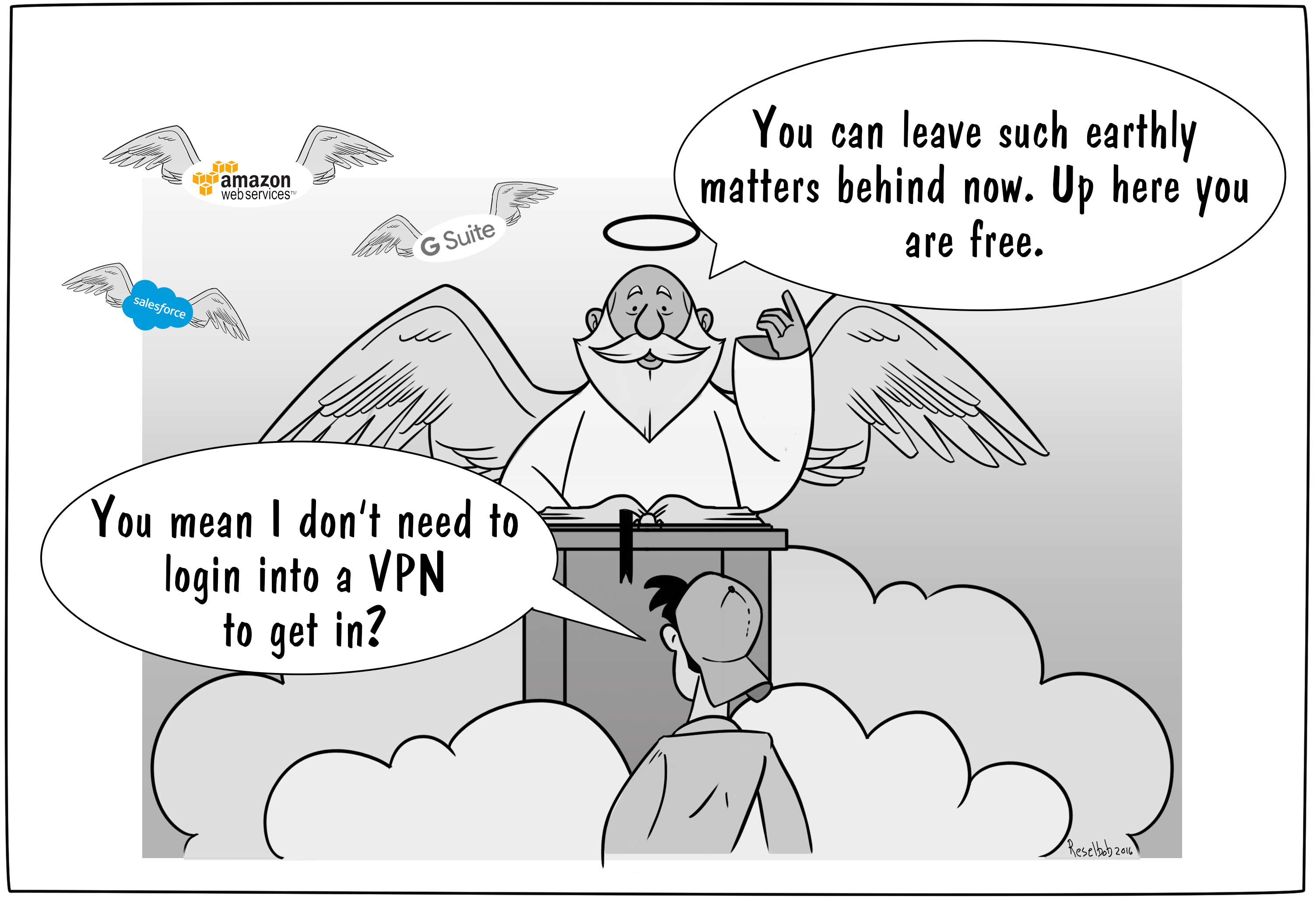What Is The Name Of The Directory Database That Windows Uses To Control A Domain Network?
Updated on April nineteen, 2022
A domain describes a drove of users, systems, applications, networks, database servers, and whatsoever other resources that are administered with a common ready of rules. By and large, a domain also encompasses a physical space like an office or multiple offices. If you lot are within the domain you are in a theoretically safe infinite and trusted. If outside, you are untrusted, and so the domain would effectively be your castle with a moat around information technology.
A domain controller is a server (almost commonly Microsoft Active Directory) that manages network and identity security, finer acting every bit the gatekeeper for user authentication and say-so to Information technology resources within the domain. Domain controllers are particularly relevant in Microsoft directory services terminology, and function as the principal mode for authenticating Windows user identities to Windows-based systems, applications, file servers, and networks.
The popularity of Windows systems for enterprise solutions established the domain controller as a common term when discussing networking architecture. However, recent trends have antiquated their use — particularly for not-Windows systems. Domain controllers as they be today are expected to become obsolete in the near future as an increasing number of organizations seek culling cloud identity and access management (IAM) solutions. In fact, in that location is a move called the Domainless Enterprise which is leveraging the trends towards apply of primarily cloud-based infrastructure and expansion of remote piece of work to build the next generation IT infrastructure.
But earlier we tin move to the side by side generation, we have to have a solid foundation on what came before information technology, so every bit to learn from our successes (and failures) and understand why we need to do things differently today.
Intro to Domain Controllers
The concept of the domain controller was starting time introduced by Microsoft in relation to the Windows NT networks of former. It admins needed a way to control access to resources within a domain – essentially an organization's users and Information technology resources. The domain controller was established for precisely this reason. In this environment, all user requests are sent to the domain controller for authentication and authorization. The domain controller then authenticates the user identity, typically by validating a username and password, then authorizes requests for access appropriately.
In the days when everything was on-prem, it made sense to have a physical calculator defended to administering user identities and validating requests for admission. They were so effective that domain controllers were later adapted every bit a cardinal element of Active Directory® services. Fast forward a few years and they nevertheless play a critical part for a lot of organizations. Yous can detect them lurking in the server room for about organizations that are still locked into Advertising. In fact many It organizations and admins would not build their IT infrastructure without 1.
While domain controllers are still very relevant to the modern enterprise, they correspond the old manner of doing things. It's like having a gasoline engine in your auto — it'southward the chief way most people get around today, just everyone knows the future is electric. The cloud is analogous to what the electric motor is doing to the mod car. Before long, all It infrastructure will be in the cloud. And, as nosotros all know the shift to the deject is accelerating everyday.
Domain Controllers of Tomorrow

So if domain controllers are such a disquisitional component today, you may exist asking how they can be replaced tomorrow. Enter in JumpCloud Directory Platform, the first outright cloud directory service. A cloud directory service eliminates the need for an on-prem domain controller by shifting user authentication and authorization to the cloud. All of the secure identity validation still occurs, so the only difference is that you don't have the server in your own rack. In fact, a wireless admission point is typically the simply on-prem component yous will ever need to leverage our service.
A cloud directory service provides lightspeed hallmark and management capabilities from anywhere with an internet connection instead of everything being on-prem. In effect, a deject directory service is the modernistic domain controller for the cloud with the power to cosign user identities and authorize admission to resources, regardless of platform, wherever they may be. Peak that with foundational security principles – Zero Trust – and the manner of the future is not only the cloud, but a modern cloud directory platform to serve equally your "virtual domain controller".
If you would like to learn more virtually the future of domain controllers and why the Domainless Enterprise may exist the future approach for your organization, drib us a note. Alternatively, sign-up for a JumpCloud Free account and run across what a true cloud directory platform could be for yous. Your showtime ten users and 10 systems are complimentary and you can leverage our 24×7 premium in-app chat back up for the first ten days as well.
Sources:
- "What Is a Domain? – Definition from Techopedia." Techopedia.com , <world wide web.techopedia.com/definition/1326/domain-networking>
What Is The Name Of The Directory Database That Windows Uses To Control A Domain Network?,
Source: https://jumpcloud.com/blog/what-is-a-domain-controller
Posted by: backmanwhourpel.blogspot.com


0 Response to "What Is The Name Of The Directory Database That Windows Uses To Control A Domain Network?"
Post a Comment